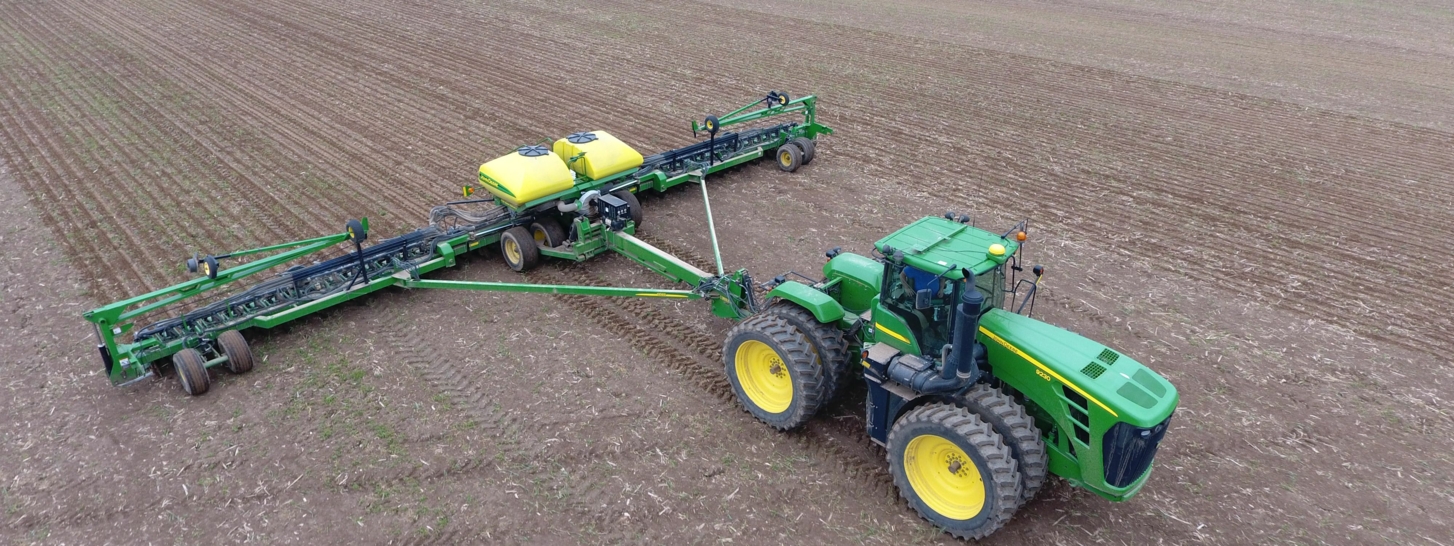Inside the steel, the atomic hydrogen moves to zones with high levels of tensile stress, such as external and internal indents or ridges. It accumulates there and consequently weakens the metal compound until a microscopic crack occurs. While this reduces the stress on this zone, new concentrations of tension get created at the crack‘s tip, which in turn again attract atomic hydrogen, become weakened and crack. As a final consequence the remaining cross section is no longer able to bear the external tensile load and breaks as a forced rupture.
DIN 50969-1 describes how the factors that influence hydrogen induced stress corrosion can be reduced through the structural design of the component, through measures relating to the materials and production methods used and through lowering the levels of internal tensile stress. Attempts can also be made at the coating stage to minimize hydrogen absorption through appropriate process management – for example, by not using pickling at
the pre-treatment stage, but instead blasting or degreasing by alkaline means. It is also possible to have the hydrogen effused again by tempering. This, however, depends on the structure of the coating and is time consuming and thus costly.
 Belgium nederlands
Belgium nederlands Belgium français
Belgium français Canada english
Canada english Canada français
Canada français China chinese
China chinese Czech Republic čeština
Czech Republic čeština Deutschland deutsch
Deutschland deutsch France français
France français Hungary magyar
Hungary magyar International english
International english Italy italiano
Italy italiano Netherlands nederlands
Netherlands nederlands Poland polski
Poland polski Russia русский
Russia русский Slovakia slovenčina
Slovakia slovenčina Switzerland français
Switzerland français Switzerland deutsch
Switzerland deutsch Turkey Türkçe
Turkey Türkçe USA english
USA english
